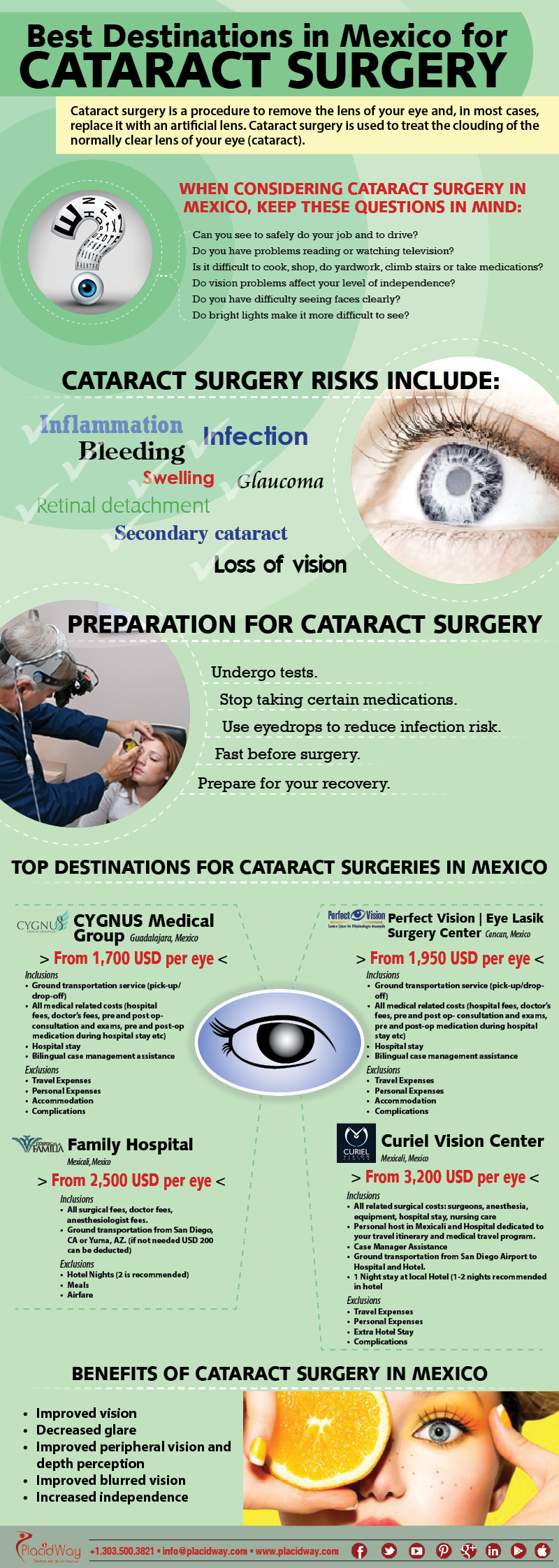What Are The Differences And Similarities Between SMILE Eye Surgical Treatment And LASIK And PRK?
What Are The Differences And Similarities Between SMILE Eye Surgical Treatment And LASIK And PRK?
Blog Article
Author-Humphries Sander
If you have actually been thinking about SMILE eye surgery, you might question exactly how it stacks up against LASIK and PRK. Each treatment has its own set of advantages and considerations. From quicker recovery times to prospective dangers, there are essential differences you must recognize prior to making a decision. Understanding these distinctions will help you make an educated selection that lines up with your details needs and assumptions. Interested to recognize even more concerning how these treatments compare carefully? Continue checking out to get an extensive understanding of SMILE, LASIK, and PRK.
SMILE Eye Surgical Procedure Summary
If you're taking into consideration SMILE eye surgical procedure, you'll discover it to be a minimally intrusive procedure with a quick healing time. During SMILE (Small Cut Lenticule Removal), a laser is used to produce a tiny, accurate laceration in the cornea to eliminate a small piece of tissue, reshaping it to fix your vision. This varies from LASIK, where a flap is created, and PRK, where the outer layer of the cornea is entirely gotten rid of.
One of the vital advantages of SMILE is its minimally invasive nature, leading to a faster healing procedure and less discomfort post-surgery. The recuperation time for SMILE is reasonably quick, with lots of people experiencing enhanced vision within a day or 2. This makes it a prominent selection for those seeking a practical and reliable vision correction procedure. Furthermore, SMILE has been shown to have a lower threat of dry eye disorder compared to LASIK, making it a favorable option for people concerned regarding this potential adverse effects.
Differences In Between SMILE, LASIK, and PRK
When contrasting SMILE, LASIK, and PRK eye surgeries, it is essential to understand the distinct techniques used in each treatment for vision modification.
SMILE (Tiny Laceration Lenticule Extraction) is a minimally intrusive procedure that involves developing a tiny incision to draw out a lenticule from the cornea, improving it to correct vision.
LASIK (Laser-Assisted In Situ Keratomileusis) involves producing a thin flap on the cornea, making use of a laser to improve the underlying tissue, and afterwards repositioning the flap.
PRK (Photorefractive Keratectomy) removes the external layer of the cornea before improving the tissue with a laser.
The primary distinction depends on the method the cornea is accessed and dealt with. SMILE is flapless, making it a great choice for individuals with thin corneas or those involved in get in touch with sports. LASIK uses fast visual recuperation as a result of the flap production, but it might position a higher risk of flap-related difficulties. PRK, although having https://shaneuzfko.snack-blog.com/35117113/5-typical-myths-concerning-cataract-surgery-unmasked , stays clear of flap-related problems altogether.
Comprehending these variations is vital in picking one of the most suitable treatment for your vision improvement demands.
Pros and Cons Comparison
To review the advantages and disadvantages of SMILE, LASIK, and PRK eye surgeries, it's vital to consider the specific benefits and prospective limitations of each treatment. SMILE surgical procedure provides the advantage of a minimally invasive procedure, with a smaller sized laceration and potentially quicker recovery time contrasted to LASIK and PRK. It likewise minimizes the threat of dry eye post-surgery, an usual adverse effects of LASIK. Nonetheless, SMILE may have restrictions in treating higher degrees of myopia or astigmatism compared to LASIK.
LASIK surgical procedure offers quick visual recuperation and minimal discomfort during the treatment. It's highly reliable in dealing with a wide variety of refractive errors, consisting of myopia, hyperopia, and astigmatism. Yet, LASIK carries a risk of flap complications, which can influence the corneal framework.
PRK eye surgical procedure, while not as popular as LASIK, stays clear of developing a corneal flap, minimizing the risk of flap-related difficulties. It's suitable for clients with slim corneas or uneven corneal surface areas. Nevertheless, PRK has a much longer healing time and may include much more discomfort throughout the recovery process.
https://lasikhaloeffect78765.bloggerbags.com/40473795/cataract-surgery-post-op-care-and-tips-for-a-smooth-healing , when it involves selecting between SMILE, LASIK, and PRK, think of it like choosing the perfect pair of footwear. SMILE resembles a streamlined, comfortable pair of sneakers - fast and simple.
LASIK is much more like fashionable high heels - showy and fast, but with some potential risks.
PRK resembles tough treking boots - reputable and long lasting, yet needing a little bit even more time and effort.
Eventually, the very best option depends upon your private requirements and preferences.
